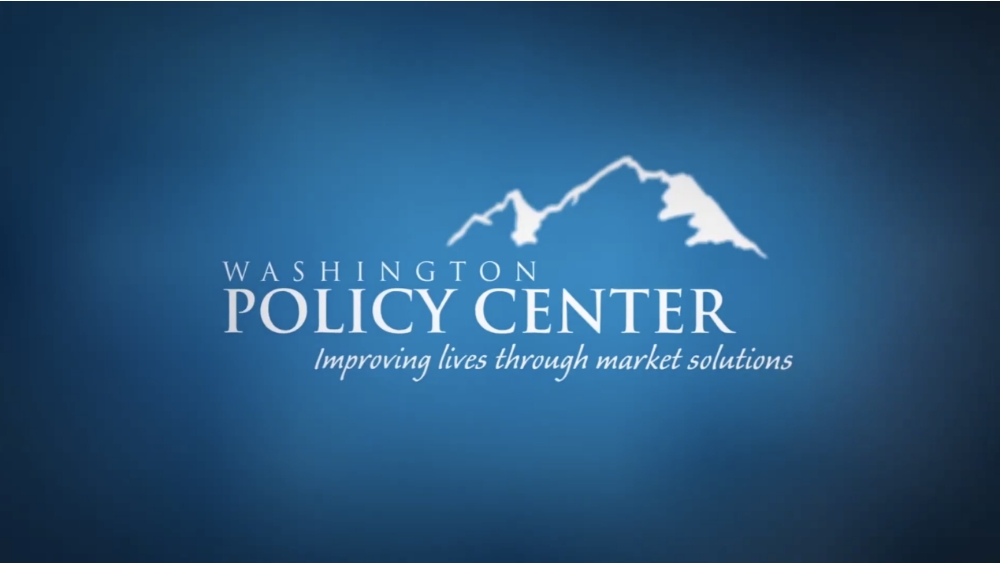Introduction
If today’s students are to thrive in the modern, knowledge-based global economy, public schools will have to provide individual learning in a way that is nearly impossible with the current 19th-century education system. By tapping the power of the Internet, however, education officials can transform today’s centralized, factory-style school model into one that is more affordable, mastery-based and centered on students. As pointed out in Education Week:
“There is far more standardization than customization in schools. Schools teach using a monolithic batch system. When a class is ready to move on to a new concept, all students move on, regardless of how many have mastered the previous concept (even if it is a prerequisite for learning what is next).... Both the bored and the bewildered see their motivation for achievement shredded by the system.”
One solution is online learning. Online learning makes better use of limited school resources. And when classroom loads are lightened through online curricula, each teacher has more time to help individual students.
In 2010 more than 12,000 K-12 students in Washington took full-time online courses. Yet this represents a small percentage, less than two percent, of the state’s 980,000 public school students. Clearly, online learning has the potential to reach far more students, especially those who do not thrive in a traditional classroom setting.
Key Findings
- Tapping the power of the Internet could transform today’s factory school model to an individual mastery-based model centered on individual student needs.
- Online learning makes better use of limited school resources.
- Only a small percentage of students in Washington are benefiting from online learning.
- Washington’s ban on charter schools prevents school officials from using cutting-edge technology to help students learn.
- Offering online choices increases parental involvement.
Read the full Policy Note here.
Read the in-depth Policy Brief here.



